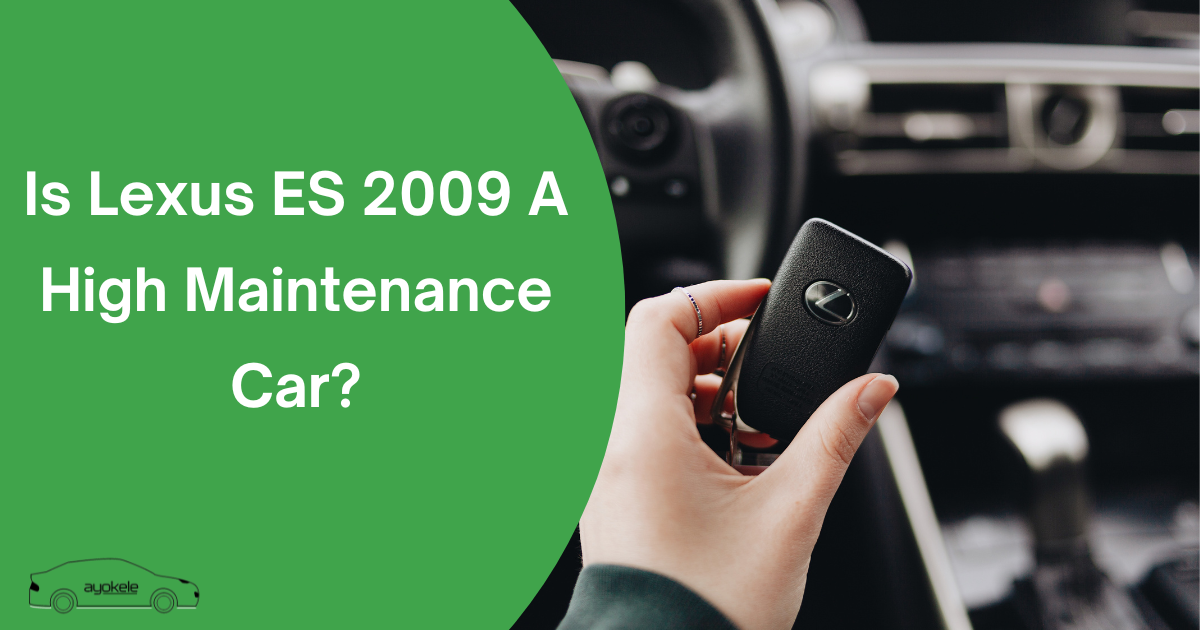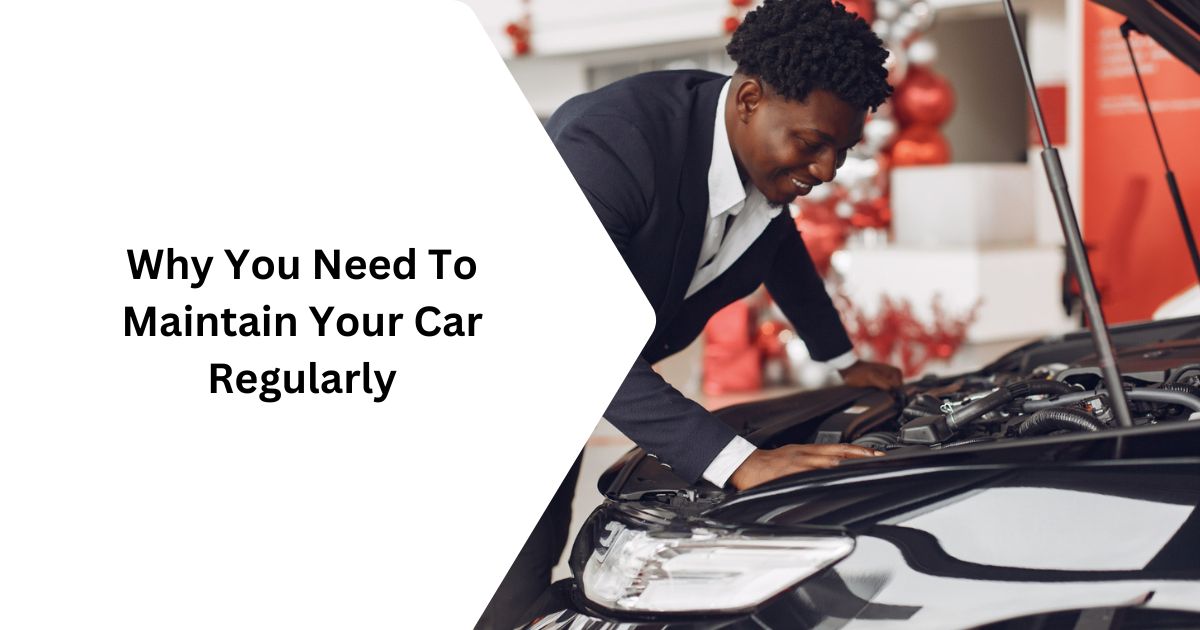The 2009 Lexus ES 350 represents a sweet spot in luxury sedan ownership, balancing premium features with proven reliability. As this model approaches its fifteenth year on the road, potential buyers and current owners often question whether its maintenance requirements match its luxury badge. The reality might surprise those accustomed to equating luxury with high maintenance costs.
Reliability Foundation: Toyota Engineering
The 2009 ES 350 benefits from Toyota’s engineering philosophy, sharing its fundamental platform with the Toyota Camry of the same era. This relationship provides significant advantages in long-term reliability and parts commonality. The 3.5-liter 2GR-FE V6 engine powering the ES 350 has proven exceptionally durable, regularly achieving 300,000+ kilometers when properly maintained.
This engine avoids many complex technologies that plague competitors from the same period. Unlike European luxury sedans with turbocharged engines, direct injection complications, or timing chains requiring expensive service, the ES 350’s naturally aspirated V6 with timing chain (not belt) design minimizes major service requirements throughout its lifespan.
Routine Maintenance Costs
Standard maintenance for the 2009 ES 350 follows a straightforward schedule:
- Oil changes: Recommended every 5,000-7,500 kilometers using conventional oil or 10,000 kilometers with synthetic. Costs range from ₦15,000-25,000 depending on oil type and service location.
- Air filters: Replacement every 15,000-20,000 kilometers at approximately ₦8,000-12,000.
- Transmission fluid: Service recommended every 60,000 kilometers at ₦35,000-45,000.
- Brake service: Typically required every 40,000-60,000 kilometers, with pad replacement costing ₦35,000-50,000 for quality components.
- Cooling system: Flush recommended every 60,000 kilometers at approximately ₦25,000-35,000.
These maintenance costs run approximately 15-20% higher than equivalent Toyota models but significantly lower than European luxury competitors of the same vintage, where routine service often costs 40-60% more.
Age-Related Considerations
As 2009 models now approach 15 years of age, certain components typically require attention regardless of the vehicle’s premium engineering:
Suspension Components
The ES 350’s comfort-oriented suspension eventually requires attention, typically between 120,000-180,000 kilometers. Struts, control arms, and bushings represent the most common wear items, with complete suspension refreshment costing approximately ₦250,000-350,000 using quality aftermarket components. This service interval and cost compare favorably to European luxury competitors, which often require similar work at lower mileage with significantly higher parts costs.
Power Accessories
The ES 350 features numerous power conveniences including windows, seats, mirrors, and sunroof. These systems generally demonstrate good longevity, though window regulators occasionally require replacement after 10+ years at a cost of ₦35,000-50,000 per window. The power seat motors show impressive durability compared to European alternatives, rarely requiring attention before 200,000 kilometers.
Climate Control System
The automatic climate control system represents one area where the ES 350’s luxury features add some maintenance complexity. The system uses multiple temperature sensors and electronic controls that occasionally require recalibration or replacement. However, the fundamental air conditioning components demonstrate excellent reliability, with compressors typically lasting the vehicle’s lifetime when properly maintained.
Common Issues Specific to the 2009 ES 350
While generally reliable, the 2009 ES 350 does have several known issues worth monitoring:
Water Pump Leakage
The water pump may develop seepage around 120,000-150,000 kilometers. Replacement costs approximately ₦45,000-65,000 including labor. This maintenance item affects most vehicles eventually, though the ES 350’s interval exceeds many competitors.
Dashboard Cracking
Some 2009 ES 350 models experienced dashboard surface cracking, particularly when regularly exposed to intense sunlight. While primarily cosmetic, replacement is expensive at ₦350,000+ if desired. Preventative measures include window tinting and dashboard covers.
Oil Consumption
A percentage of 2GR-FE engines develop moderate oil consumption after 150,000+ kilometers, typically using 1 liter per 3,000-5,000 kilometers. While not harmful if monitored and maintained, this requires more frequent oil level checks. Severe cases may require piston ring replacement, though this remains relatively uncommon.
Vapor Canister Failure
The evaporative emissions system occasionally develops faults around 100,000-150,000 kilometers, triggering check engine lights. Repairs typically cost ₦40,000-70,000 depending on the specific components requiring replacement.
Parts Availability and Costs
Parts availability represents a significant advantage for the 2009 ES 350 compared to European luxury alternatives. Many maintenance components are shared with or interchangeable with Toyota models, creating multiple supply channels:
- Genuine Lexus parts through dealerships (highest cost but guaranteed quality)
- Toyota equivalent parts (typically 15-25% less expensive with identical quality)
- Quality aftermarket alternatives (30-50% savings for common maintenance items)
This parts ecosystem provides options across different price points without compromising reliability—a significant advantage over European luxury models where aftermarket alternatives often prove problematic or unavailable.
Comparison to Contemporary Luxury Competitors
When compared to 2009 models from competing luxury brands, the ES 350’s maintenance profile demonstrates significant advantages:
vs. 2009 Mercedes-Benz E-Class
The E-Class from this period requires approximately 60-80% higher maintenance costs, with more frequent major service intervals and significantly more expensive parts. Complex electrical systems and air suspension components create additional long-term expenses largely absent from the ES 350.
vs. 2009 BMW 5-Series
The 5-Series demands approximately 70-90% higher lifetime maintenance costs, with cooling system components, oil leaks, and electrical systems requiring more frequent attention at premium prices. The complex iDrive system from this period often requires expensive updates or repairs as it ages.
vs. 2009 Audi A6
The A6 typically incurs 65-85% higher maintenance expenses over a 10-year ownership period, with timing chain issues, oil consumption problems, and complex electrical systems creating significant service requirements beyond standard maintenance.
Ownership Strategy for Minimal Maintenance Costs
To maximize the ES 350’s inherent reliability advantages while minimizing maintenance expenses:
- Maintain strict adherence to fluid change intervals, particularly engine oil and transmission fluid, which significantly impact long-term reliability.
- Address minor issues promptly before they cascade into more significant problems, particularly cooling system or oil leaks.
- Consider Toyota-equivalent parts for maintenance items, which offer identical quality at lower prices than Lexus-branded components.
- Establish relationship with an independent specialist familiar with Lexus/Toyota vehicles rather than relying exclusively on dealership service.
- Perform preventative maintenance on known wear items around 120,000 kilometers, including water pump, serpentine belt, and suspension inspection.
The 2009 Lexus ES 350 delivers a rare combination of luxury features and reasonable maintenance requirements. While service costs exceed mainstream non-luxury vehicles by approximately 15-20%, they remain substantially lower than European luxury alternatives from the same period.
For buyers seeking premium comfort, features, and build quality without accepting the maintenance burden typically associated with luxury vehicles, the 2009 ES 350 represents an excellent value proposition. Its Toyota-derived engineering provides reliability fundamentals while the Lexus execution delivers the luxury experience.
The model’s greatest maintenance advantage lies in what it doesn’t require—the expensive, complex repairs common to European competitors as they age. With proper care, a 2009 ES 350 can deliver another decade of service with predictable, manageable maintenance requirements that defy luxury car stereotypes.




